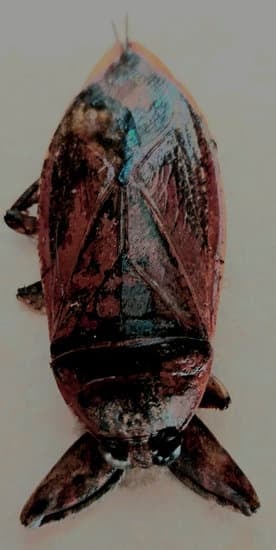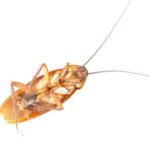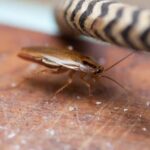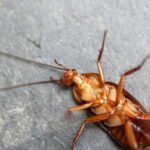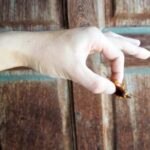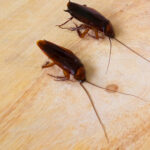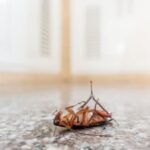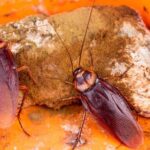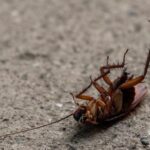Why Can Cockroaches Survive Without a Head?
While it might seem impossible, insects without a head can survive without food for up to a month. This is possible due to nerve tissue agglomerations located in every segment of their body. These agglomerations control basic nervous functions and reflexes. In fact, cockroaches that have lost their heads can still stand, move, and respond to touch without a brain. Since these insects spend up to 75 percent of their lives resting, they can survive without food for months without food.
Unlike humans, roaches have a circulatory system that does not depend on blood circulation. Instead, they use spiracles to pipe air directly to their tissues. This means that losing their head doesn’t cause much bleeding. In addition, the roach’s blood is not able to circulate as easily as ours does.
Another reason why cockroaches survive without a mouth is because they are cold-blooded. As a result, they do not need to use much energy to keep themselves warm. This allows them to survive for long periods of time without food or water. Their ability to survive without a head has been demonstrated in experiments, which showed that cockroaches with no heads can survive for up to 30 days without food or water.
Another factor that helps cockroaches survive without a mouth is that they can survive for weeks on just one meal. However, there are greater dangers to the survival of a headless cockroach. Infections and predators are much bigger threats. Even though a cockroach with no head can live without food for up to three weeks, it can still die from dehydration and hunger.
